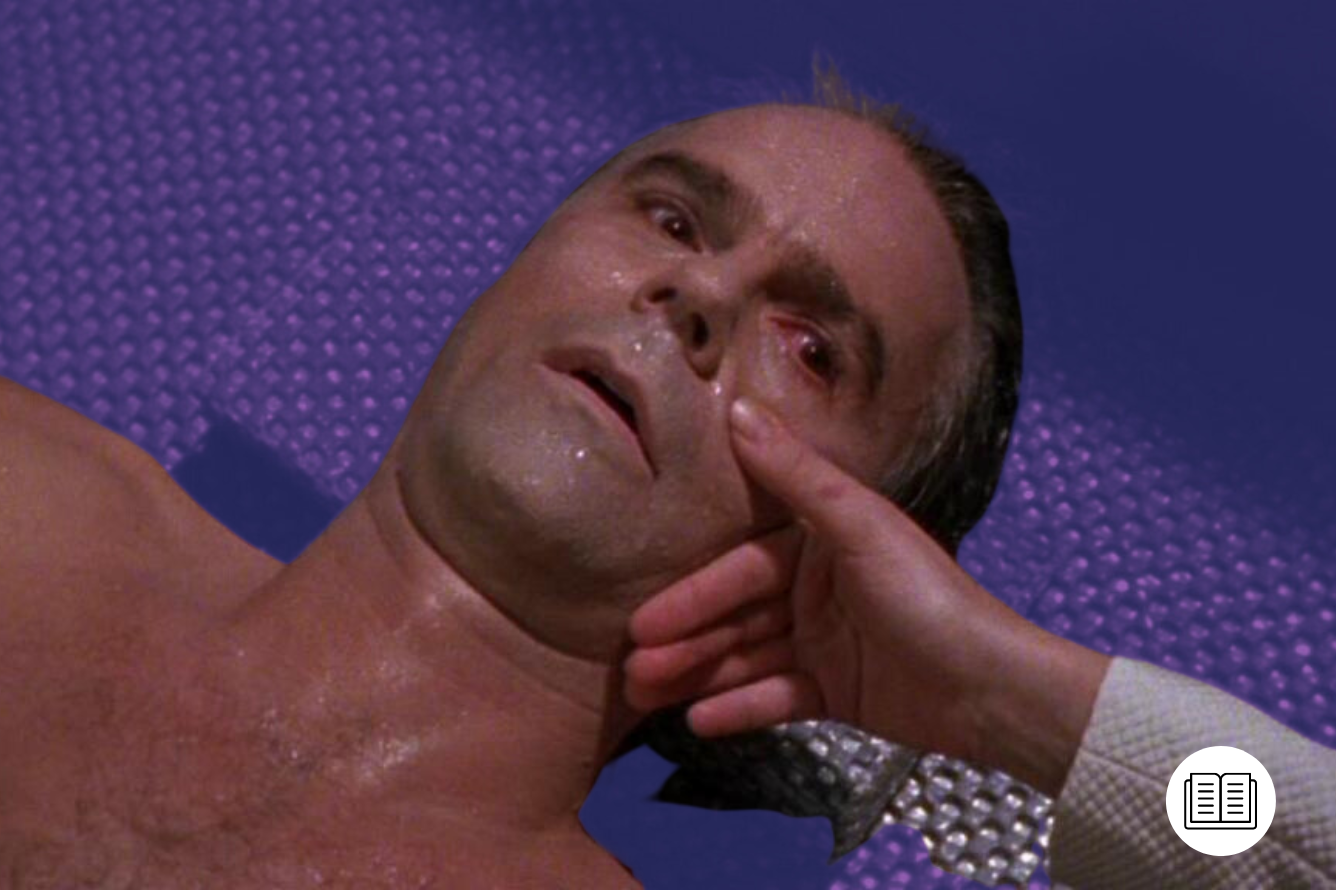Ah, the clip show – the bane of ‘90s television. In the age of serialized stories and streaming, we don’t see them all too often. But in the before-times, when syndication was king, you couldn’t escape them: episodes where much of the run time was occupied by clips of existing footage, bookended by a frame story where cast members looked back on events that had already occurred in the series.
Often, they were products of low budgets, ways to stretch a television show’s meager pursestrings to the lengthier seasons shows used to enjoy. Other times, they were ways to save money for a more expensive season finale or to bulk up an episode order so the show would have the tenure needed to live on in syndication. And most of the time, they were absolute garbage, lazy fillers with little value for the viewer. (Star Trek: The Next Generation’s ‘Shades of Grey’ – S2, Ep22 – is the ultimate example for sci-fi fans, a writer’s-strike mandated flop often cited as one of the worst episodes of Trek ever made.)
But they don’t all have to be turkeys – sometimes, if you’re smart, you can turn a clip show into a gripping temperature check on the show’s story that gives the characters a good reason to be looking back on the past as a means to work toward the future. (Or, failing that, a cheeky deconstruction of the show itself.) Stargate SG-1 is proof positive of the subversive value of the clip show, having successfully pulled off five such episodes over ten seasons. In almost all of these examples, the clip show becomes more than a bottle episode meant to stretch out a modest budget; they’re important, or at least entertaining, chapters in the show’s history.
Season 1’s ‘Politics’
Stargate’s history with clip shows begins in its very first season with its penultimate episode ‘Politics’ (S1, Ep21), which frames an evaluation from then-Senator Kinsey (Ronny Cox) as a battle for the soul of Stargate Command itself. He sees the SGC as an exorbitant expenditure that has done nothing but put the rest of the world in danger. As Hammond (Don S. Davis) and SG-1 defend their work, we see it play out in clip after clip from the show’s inaugural season.
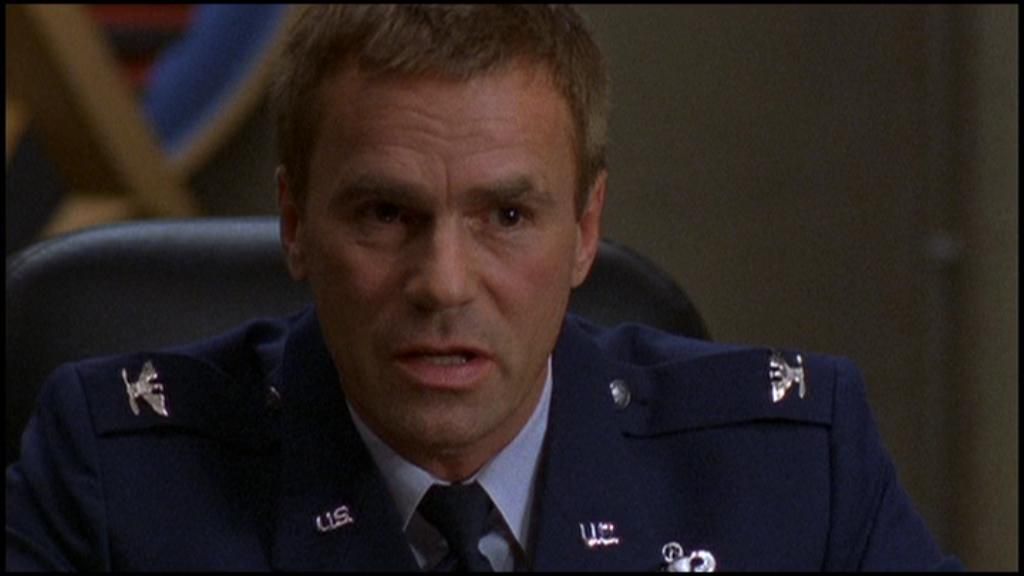
It’s wild to think about Kinsey, who’d prove one of the series’ most long-lasting and enduring villains, getting his beak wet in a clip show. But he’s perfectly smarmy here, as imperious and self-aggrandizing as any Goa’uld, the perfect government bureaucrat for the hard-working men and women of the SGC to stand up against. Cox relishes the two-faced superciliousness of Kinsey and gives the cast an incredible scene-stealer to play against. (Richard Dean Anderson does some of his best work of the season in this episode: “This time, there really are barbarians! And they really are at the gate – that one!”)
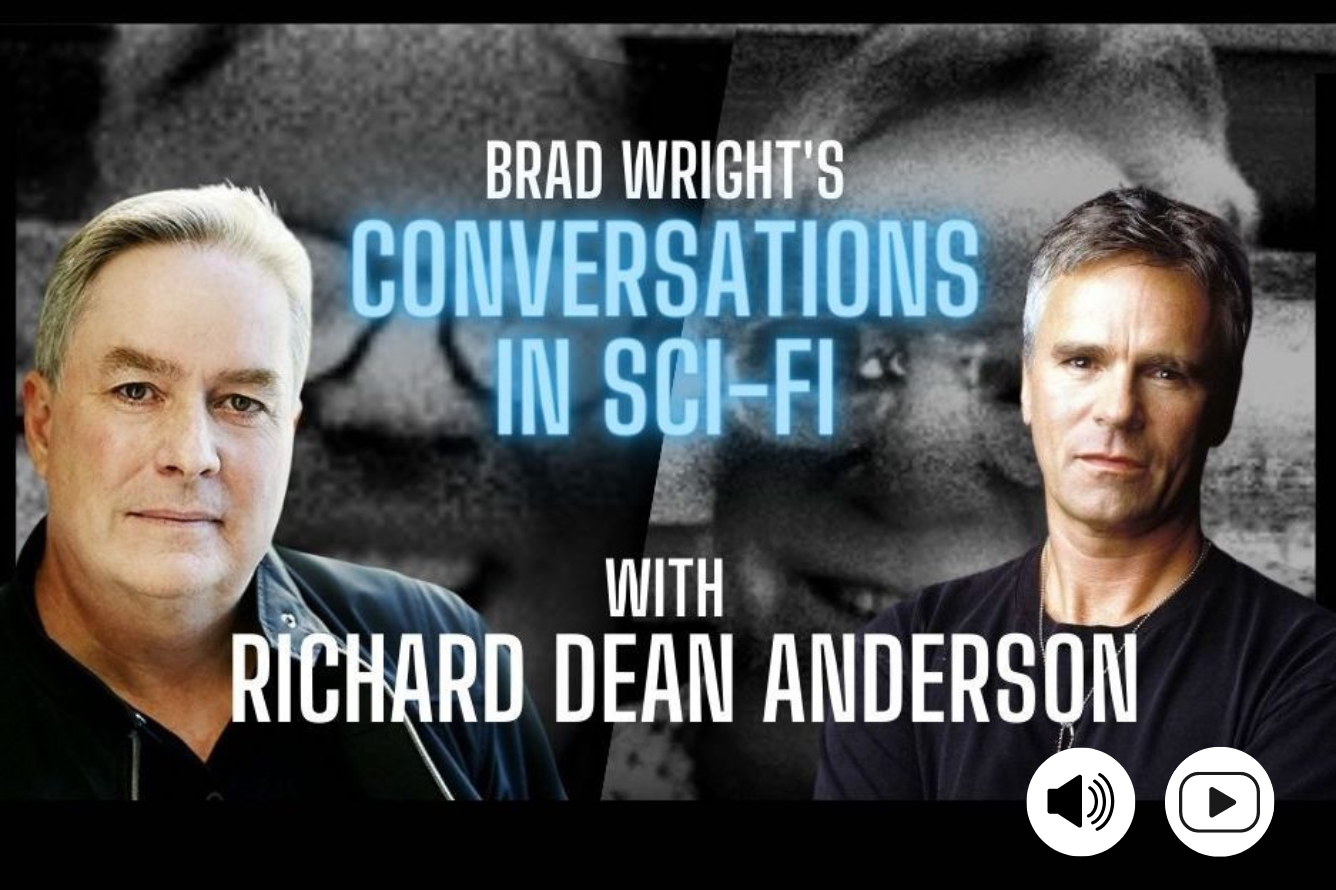
What’s more, the episode benefits from the show’s early embrace of serialization and uses it to the clip show’s advantage. Not only does it help build the stakes for the season finale by making the case for the SGC to be shut down in its hour of need, it playfully continues Daniel’s story from the episode prior (his trip to an alternate Earth where the Goa’uld successfully conquer the planet).
‘Politics’ really set the tone for Stargate clip shows moving forward – they need not sacrifice their utility in the broader overall story, and at all times use the clips to reflect on the show itself. Here, we get a chance to look in on the adventures of the SGC through the eyes of someone who isn’t nearly as impressed by our heroes’ escapades: one man’s death-defying fight for freedom is another’s reckless, expensive fool’s errand. We get to see the stargate as the Pandora’s Box it truly is, and what happens when someone doesn’t think we’ve closed it fast enough for hope to remain.
Season 2’s ‘Out of Mind’
Granted, they can’t all be winners, and Season 2’s finale, ‘Out of Mind’ (S2, Ep22) is probably the closest to a disposable clip show formula that the show ever enjoys. But at the same time, by framing it within an intriguing mystery that also serves as a cliffhanger season finale, the hour still manages to dress up its budget-saving pretensions more than most other series.
The episode begins with that creakiest of tropes: Col. O’Neill wakes up from stasis in a futuristic SGC to find out that he’s been cryogenically frozen for 80 years, and the rest of his team is dead. O’Neill has no idea what happened to him or the rest of SG-1, so the new base commander and chief medical officer take advantage of a memory projector to force him to go through his memories (i.e. clips from the first two seasons) to figure out who could have done this to them.
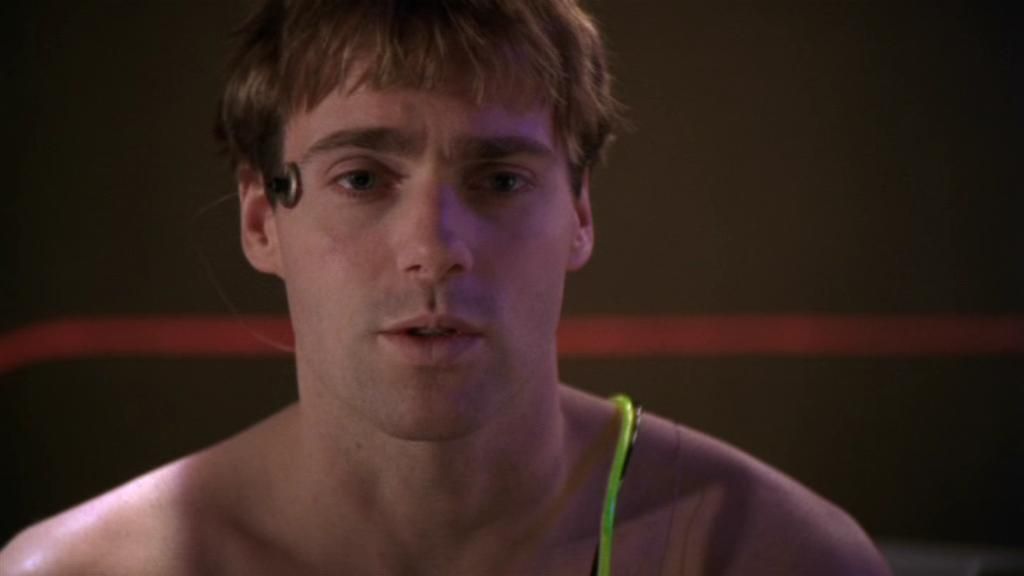
Of course, nothing is as it seems, and by the third act, we see Samantha Carter (Amanda Tapping) and Daniel Jackson (Michael Shanks) woken up in a similar manner, and also told they’re the only member of their team left. By the time we see that Teal’c (Christopher Judge) made it back to the real SGC, we’re left to wonder where the rest of SG-1 is, and what their mysterious benefactors’ plans for them may be.
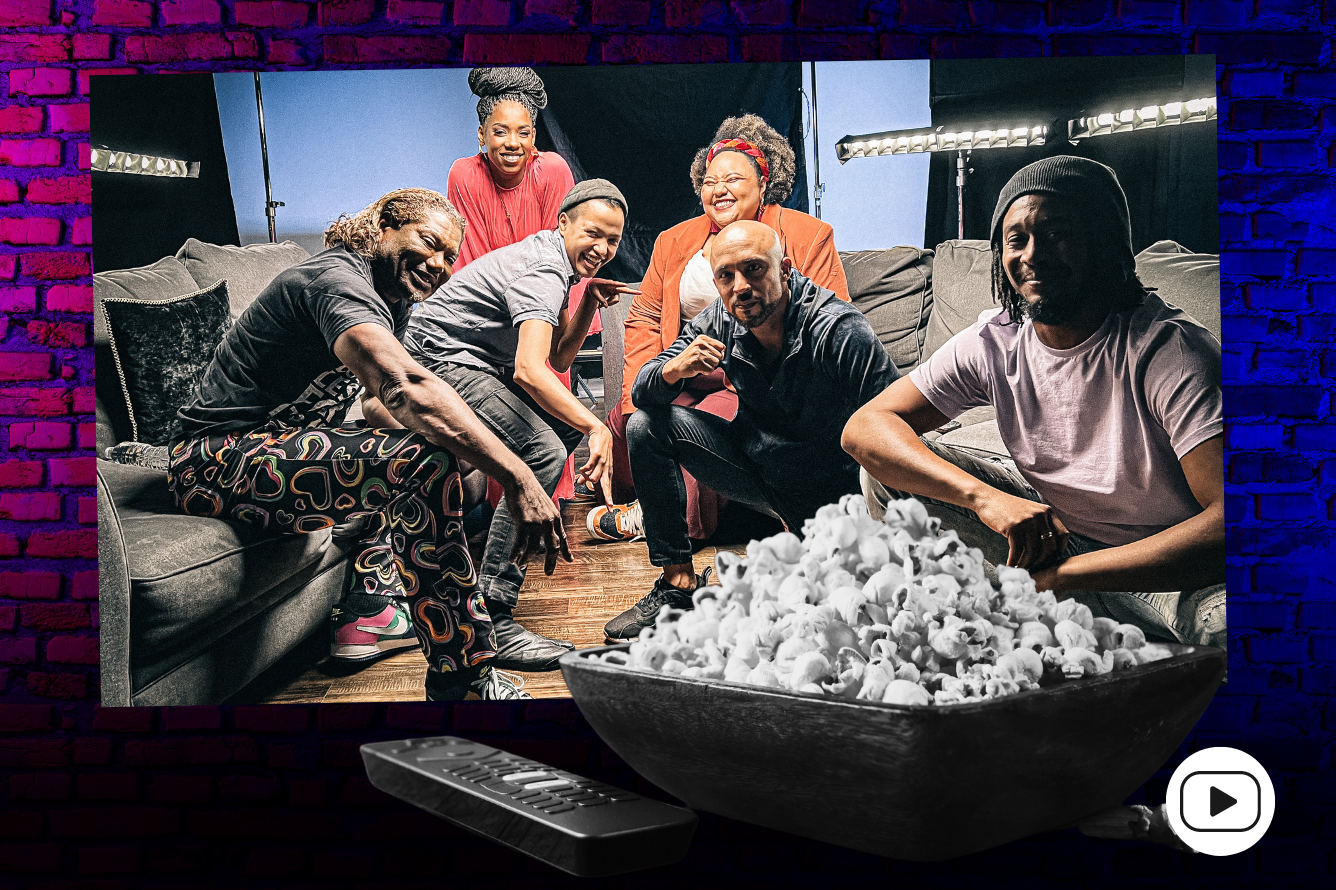
As for the clips themselves, they’re not used in a particularly novel manner – the memory device comes out like a literal projector to show clips from the show to the character, which begs the question, “How did O’Neill’s memory get those cinematic camera angles?”
That said, ‘Out of Mind’ stands out as the rare episode that gives the clips an actual plot purpose – it’s information gathering from characters who want to plumb the team’s head for secrets – and as a setup to a cliffhanger for a raucous Season 3 premiere, it functions well enough.
Season 6’s ‘Disclosure’
Stargate’s clip shows work most often because they’re framed as introductions to the world from an outsider’s perspective – someone who hasn’t already been endeared to the team through their determination, grit, and humor. Season 6’s ‘Disclosure’ (S6, Ep17), the first clip show since Season 2, is one of the show’s best and offers a neat transition from the more insular world of the early seasons to the SG-1 of the show’s Sci-Fi Channel run, where Earth has firmly established itself as a universal superpower.
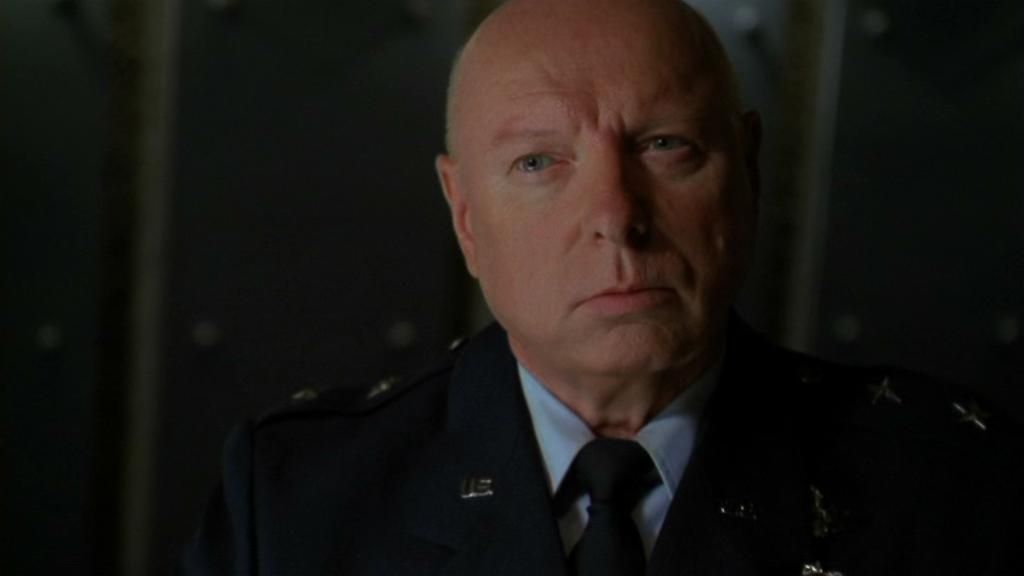
Framed as a briefing of ambassadors from around the world to the existence of the Stargate program, ‘Disclosure’ is simple in scope but packed with implications, and serves as a nice sequel to ‘Politics’. Arriving at this moment in the series was only a matter of time: six years of exploding spaceships disguised as “meteors” and detonated nuclear submarines could only fly under the international radar for so long. And so, ‘Disclosure’ serves as a nifty avenue for a clip show, giving the main cast a break while Hammond briefs British, French, and Chinese dignitaries on the intergalactic war their planet has been waging without their knowledge.
Of course, it wouldn’t be a classic clip show without the return of Senator Kinsey, following up his concerns from ‘Politics’ about the recklessness of SG-1. This time, however, he has a receptive audience, one more familiar with his brand of pragmatic caution than the go-get-em adventuring of the Stargate program. Still, a timely arrival by Thor (“Supreme Commander Thor,” sorry) serves as a nice button to the episode and one of the show’s best gags. Oh, and serves the added purpose of priming the show’s version of Earth for the bigger, broader fight ahead of them in future seasons.
Season 7’s ‘Inauguration’
‘Inauguration’ (S7, Ep20) treads very similar ground as ‘Disclosure’, from its framework of a government official being briefed on the Stargate Program to the return of Doomsayer Kinsey. But this time, the newbie is a more active participant: newly-inaugurated President Henry Hayes (a delightful William Devane), who’s at once befuddled and impressed by the revelations of the Stargate program… and put off by his Vice President, the ever-present Robert Kinsey, and his attempts to naysay the team.
This is SG-1’s West Wing episode, right down to them borrowing the set from that show for their version of the Oval Office, and it plays like one. Political considerations are bandied back and forth as clips remind us of the exploits Hayes is being briefed on; Hayes sees them as heroes, and Kinsey sees them as a danger (or worse, a political obstacle).
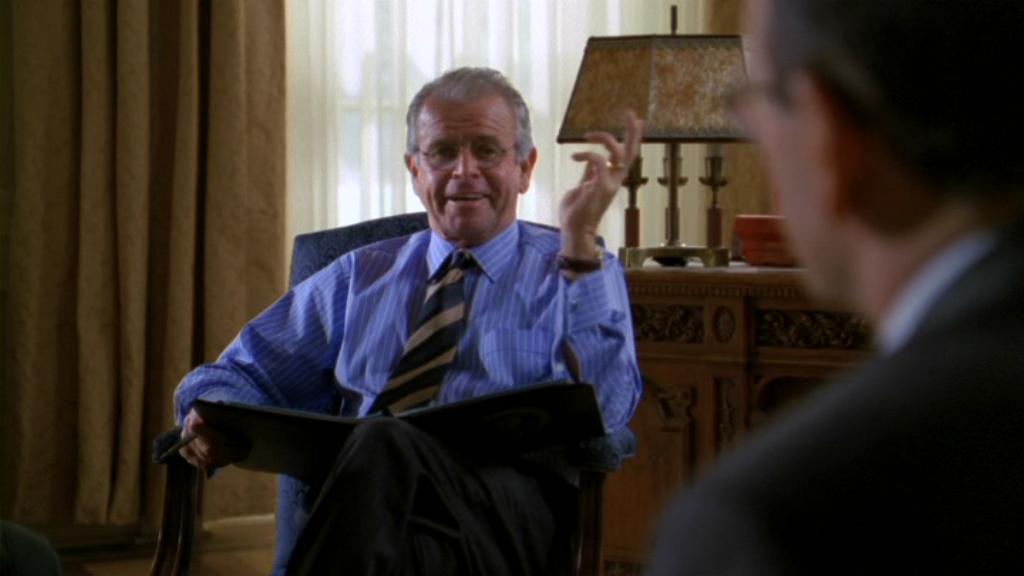
This time, Kinsey’s not alone: NID agent Richard Woolsey (future Atlantis regular Robert Picardo), fresh from the ‘Heroes’ two-parter (S7, Ep17-18) earlier that season, is around to support Kinsey’s suspicions from his findings in those episodes. It’s here we get some of the strongest reflections on the team’s tenure to date: Woolsey adroitly points out some of the SGC’s most improper practices, from O’Neill and Carter’s unspoken romantic feelings to the fact that their flagship team “haven’t even taken so much as a sick day” after seven years of alien viruses, possessions, and traumatic events. It’s a pointed reminder that the high stakes we enjoy every week would absolutely wreck a normal person who didn’t happen to be a stalwart hero on a space adventure TV series.
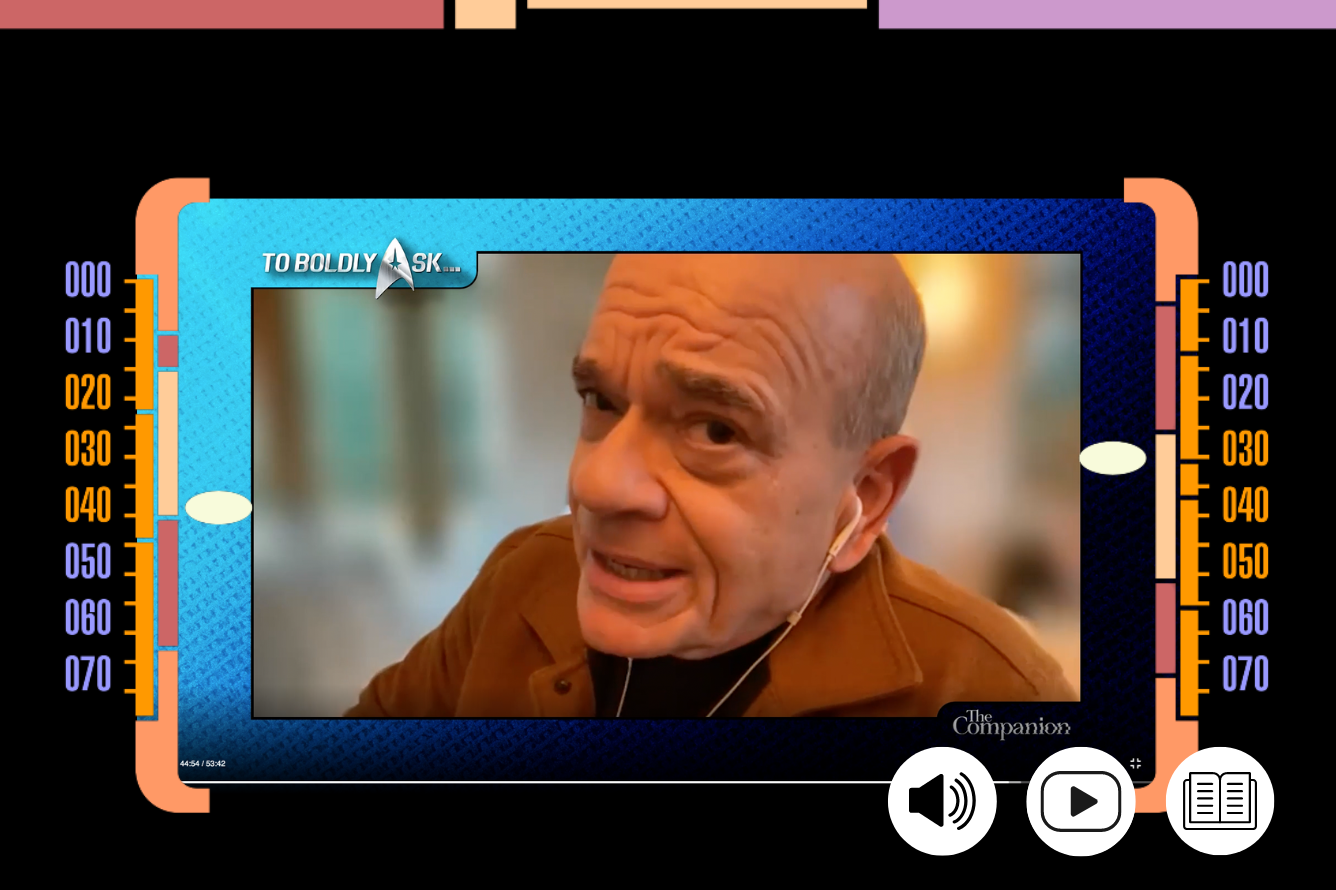
Like ‘Politics’, ‘Inauguration’ serves as a budget-saving prelude to a spectacular season finale that smartly recontextualizes the outrageous events of the show to date in a more grounded, terrestrial setting. And from smart performances from Devane, Cox, Picardo, and special guest James McDaniel, it manages to elevate the clip show to an hour that stands right alongside the rest of the series.
Season 8’s ‘Citizen Joe’
That said, clip shows don’t all have to be intricate political reflections on the real-world consequences of our favorite schlocky sci-fi series; Stargate SG-1 knew how to have fun too. And so it was that in Season 8, ‘Citizen Joe’ (S8, Ep15) would cast Dan Castellaneta, the voice of RDA’s favorite TV character, at the center of a side-slapping, self-reflexive meditation on the silliness of the entire Stargate enterprise.
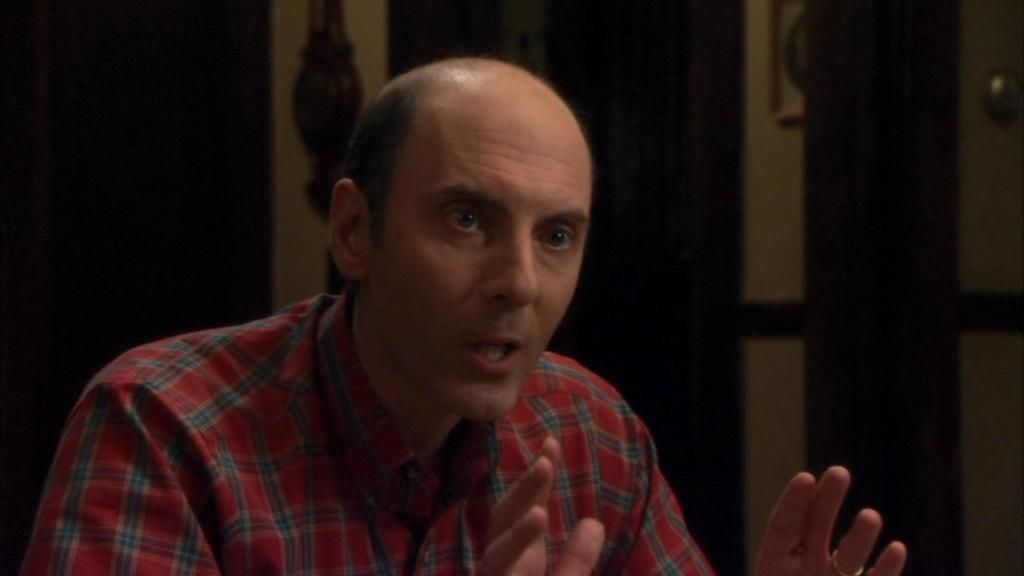
What the hour presupposes is, what if a mysterious alien stone psychically beamed the adventures of SG-1 into the brain of an average Midwestern Joe (literally)? And what if he tried to pass off the show’s adventures as his own stories, growing gradually more absorbed in them along the way?
Like ‘Wormhole X-Treme!’ (S5, Ep12) and ‘200’ (S10, Ep6), ‘Citizen Joe’ gave the writers carte blanche to poke fun at the tropes and conventions of the show itself. Through the mouths of both Joe and the disinterested friends, family, and neighbors to which he breathlessly relates SG-1’s stories, we get to wink at the show’s lesser episodes like ‘The Sentinel’ (S5, Ep20) and ‘The Light’ (S4, Ep18) and complain about the show going downhill (Joe’s wife, Charlene: “Well, for one, it seems to me like the team interaction isn’t what it used to be in the beginning.”)
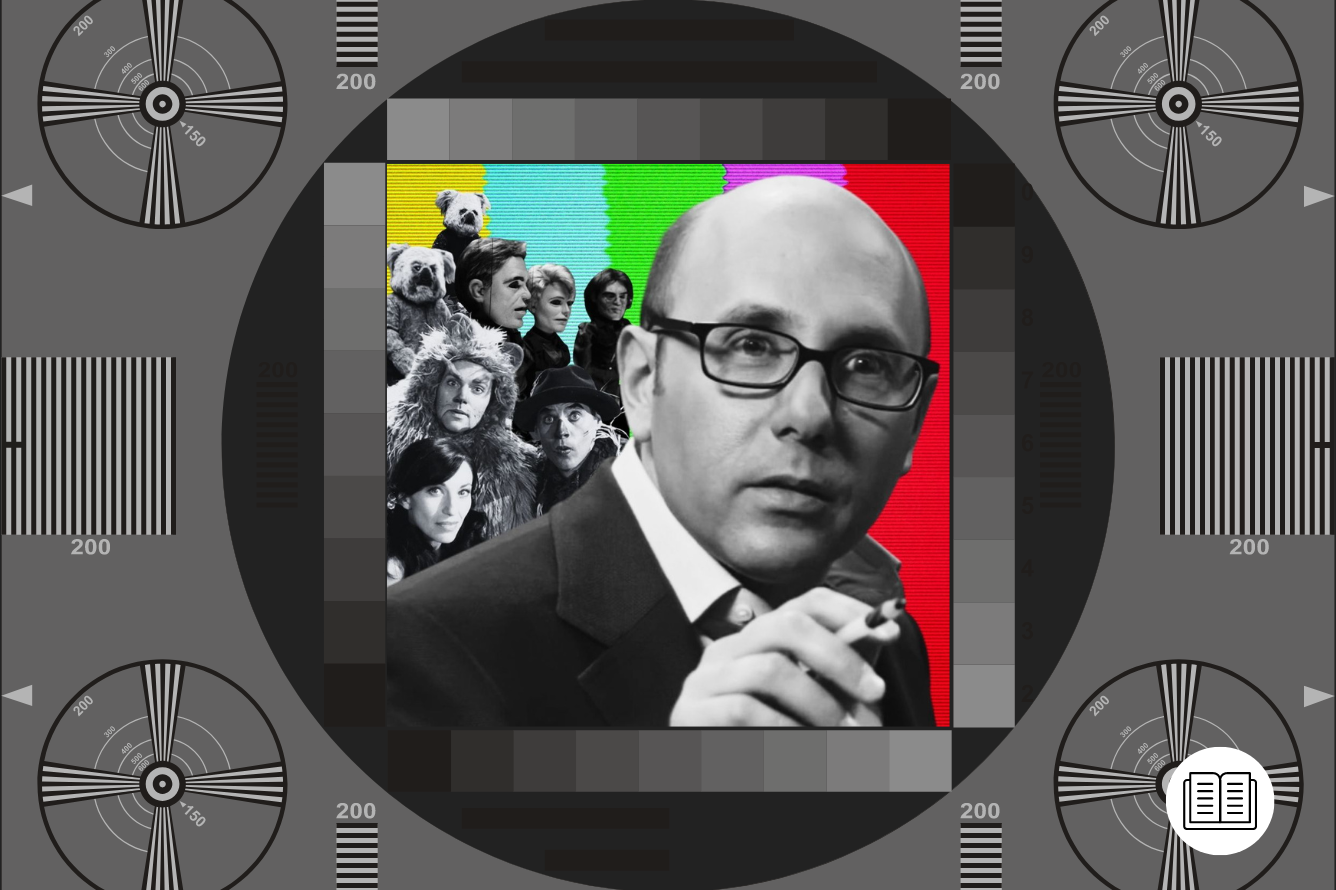
And Castellaneta throws himself into the role, relishing every wide-eyed explanation of the correct way to pronounce “Goa’uld” and handwaving us ever hearing about the Furlings. The character of Joe is avatar for both Stargate writer and Stargate fan all wrapped up in one neurotic package, which makes him the perfect vessel for all manner of fantastic gags about the nature of a franchise that was always pretty self-aware.
As great as the episode is, the final act, when he and O’Neill finally meet, makes up some of the franchise’s greatest scenes. The revelation that O’Neill, too, has had visions of Joe’s life the whole time but never thought to tell anybody is the absurd icing on an already delicious cake (“Sure I [told somebody]. I know I did.”). And in classic Stargate fashion, the throwaway plot device meant to facilitate the gag – the Ancient communication stone – would end up kicking off not just the plot of SG-1’s final seasons, but a major storytelling element for Stargate Universe.
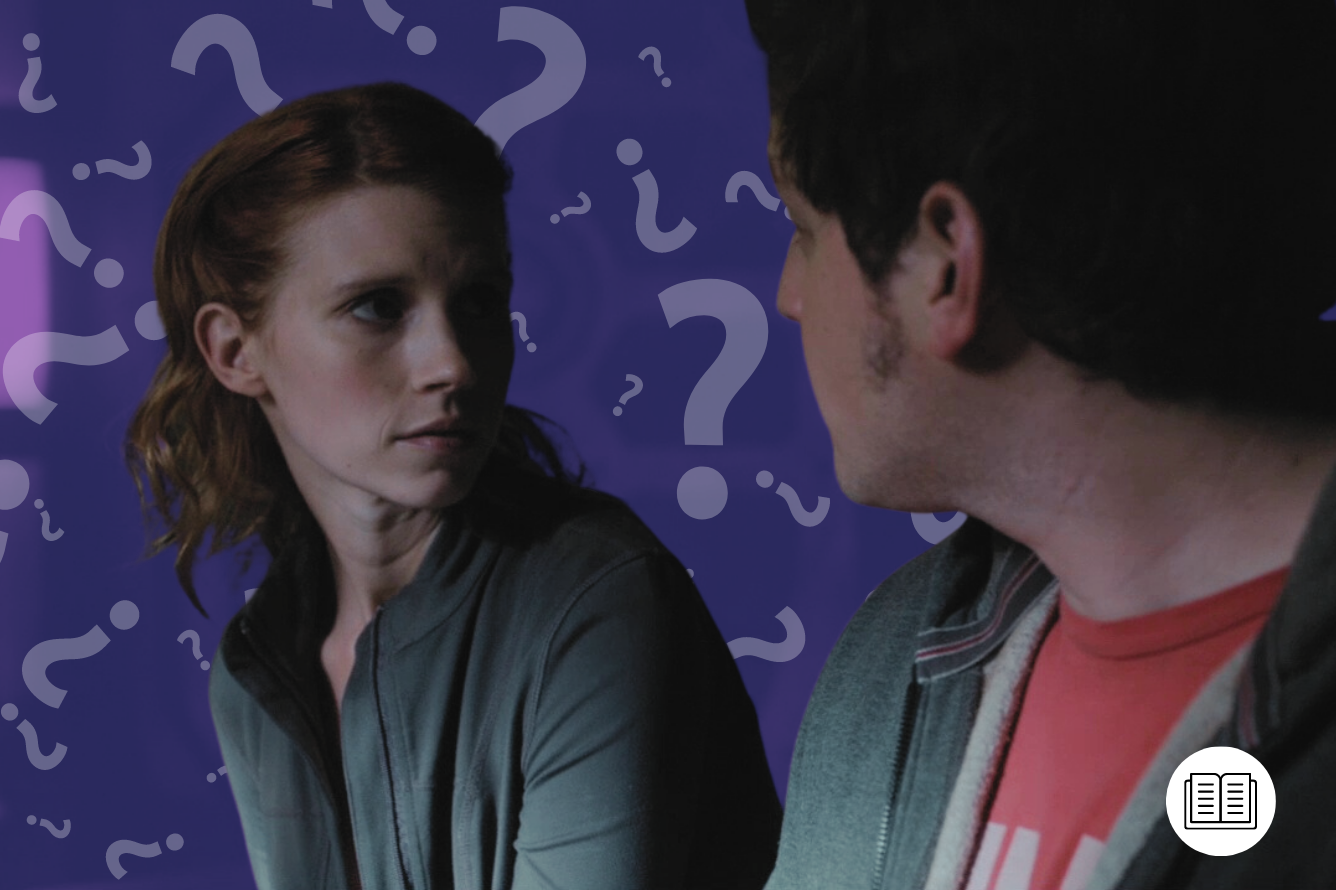
Granted, spinoff Stargate Atlantis also featured two clip shows of its own – Season 1’s ‘Letters from Pegasus’ (S1, Ep18) and Season 5’s ‘Inquisition’ (S5, Ep18) – each of them following in SG-1’s tradition of using clip shows to move the story forward or reflect on the consequences of the show’s past. But it was in SG-1 that this formula found flower: clip shows need not be lazy, disposable ways to fill a season order, but integral threads of the universe’s rich fabric.
For a show so committed to its genre, these hours provided myriad ways to deconstruct itself – from Kinsey’s questioning of the ethics of the Stargate program to Joe being swallowed by the absurdity of its very existence. The clip show may be a lost art, but Stargate SG-1 will go down as one of the few series that mastered it.
This article was first published on January 31st, 2021, on the original Companion website.
The cost of your membership has allowed us to mentor new writers and allowed us to reflect the diversity of voices within fandom. None of this is possible without you. Thank you. 🙂


